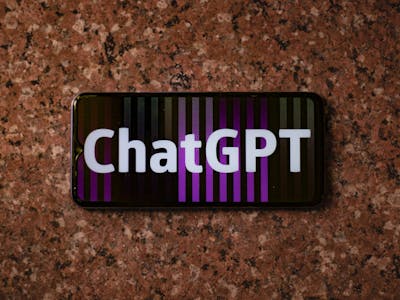ChatGPT, a chatbot launched by OpenAI in late 2022, has taken the world by storm. This large language model (LLM) interacts in a way that feels natural, allowing users to have engaging conversations and get assistance with a wide range of tasks.
Conversational Powerhouse
Unlike previous AI models, ChatGPT is built for dialogue. It can answer follow-up questions, admit mistakes, and even challenge incorrect assumptions. This ability to hold a conversation makes ChatGPT a valuable tool for tasks like brainstorming ideas, getting writing inspiration, or simply having a stimulating chat.
OpenAI’s Innovation
OpenAI, the creators of ChatGPT, are known for their advancements in artificial intelligence. ChatGPT is a sibling model to InstructGPT, another powerful LLM focused on following instructions. By introducing ChatGPT, OpenAI aims to gather user feedback and improve the model’s strengths and weaknesses Kapilsqlgeek.com/.
Safety and Security
As with any powerful AI, safety is a major concern. OpenAI has implemented several measures to mitigate risks associated with ChatGPT. These include leveraging reinforcement learning from human feedback (RLHF) to minimize the generation of harmful or misleading content.
The Future of ChatGPT
ChatGPT’s free availability has fueled its rapid user growth. With its ability to adapt to different conversation styles and provide informative responses, ChatGPT has the potential to revolutionize the way we interact with AI. As the model continues to develop, we can expect even more capabilities and applications to emerge.
Beyond the Free Version
While the base version of ChatGPT is free to use, OpenAI also offers access to their most powerful model, GPT-4, for a fee. GPT-4 boasts enhanced capabilities for tasks like code generation and data analysis.
A Stepping Stone for AI
The success of ChatGPT is a testament to the advancements being made in conversational AI. As AI technology continues to evolve, we can expect even more sophisticated and versatile language models to emerge, shaping the future of human-computer interaction.

